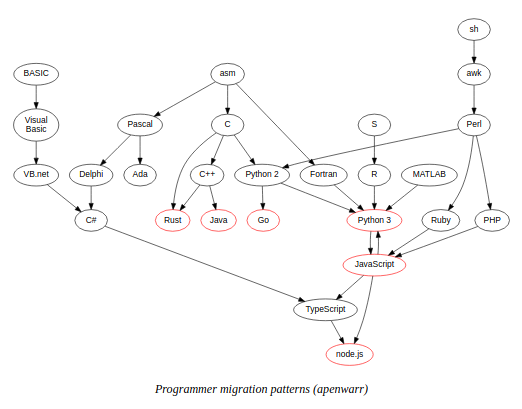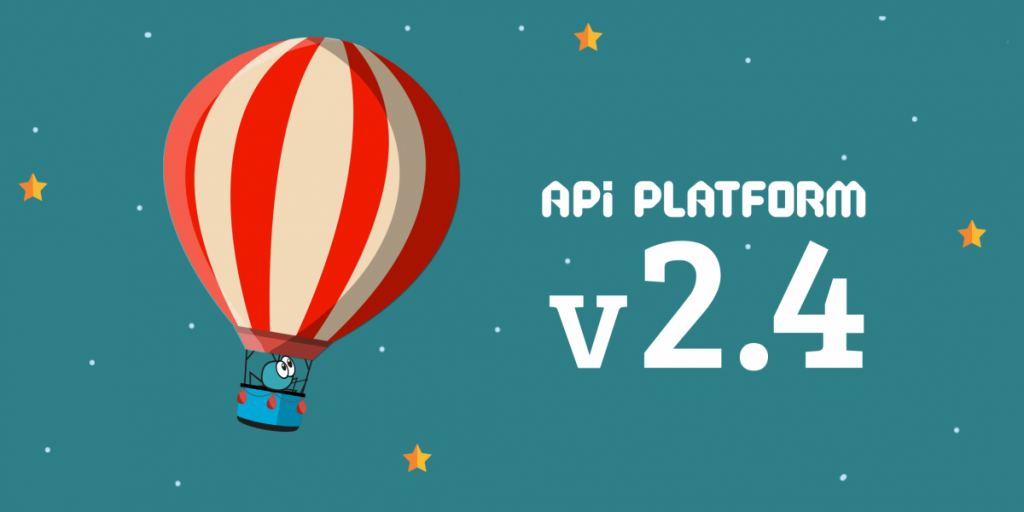Evolution of unix-history-repo (Gource Visualization) video shows how the UNIX operating system was born and how it matured over time. The video is based on this GitHub repository, which combines the following:
The project has achieved its major goal with the establishment of a continuous timeline from 1970 until today. The repository contains:
– snapshots of PDP-7, V1, V2, V3, V4, V5, V6, and V7 Research Edition,
– Unix/32V,
– all available BSD releases,
– the CSRG SCCS history,
– two releases of 386BSD,
– the 386BSD patchkit,
– the FreeBSD 1.0 to 1.1.5 CVS history,
– an import of the FreeBSD repository starting from its initial imports that led to FreeBSD 2.0, and
– the current FreeBSD repository.
The files appear to be added in the repository in chronological order according to their modification time, and large parts of the source code have been attributed to their actual authors.
This is mind-blowing! So much work, so many people, so little recognition. The world wouldn’t be the same without all that, and yet the masses think that Steve Jobs or Bill Gates were the greatest computer geniuses in the history of mankind. Sad…
But the video is beautiful. It desperately needs some music though.


